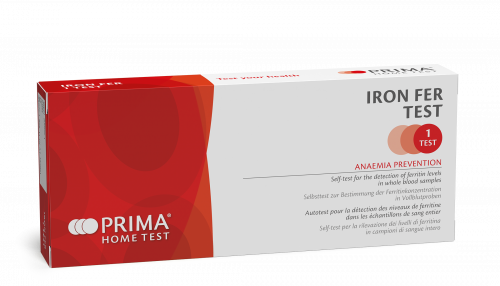
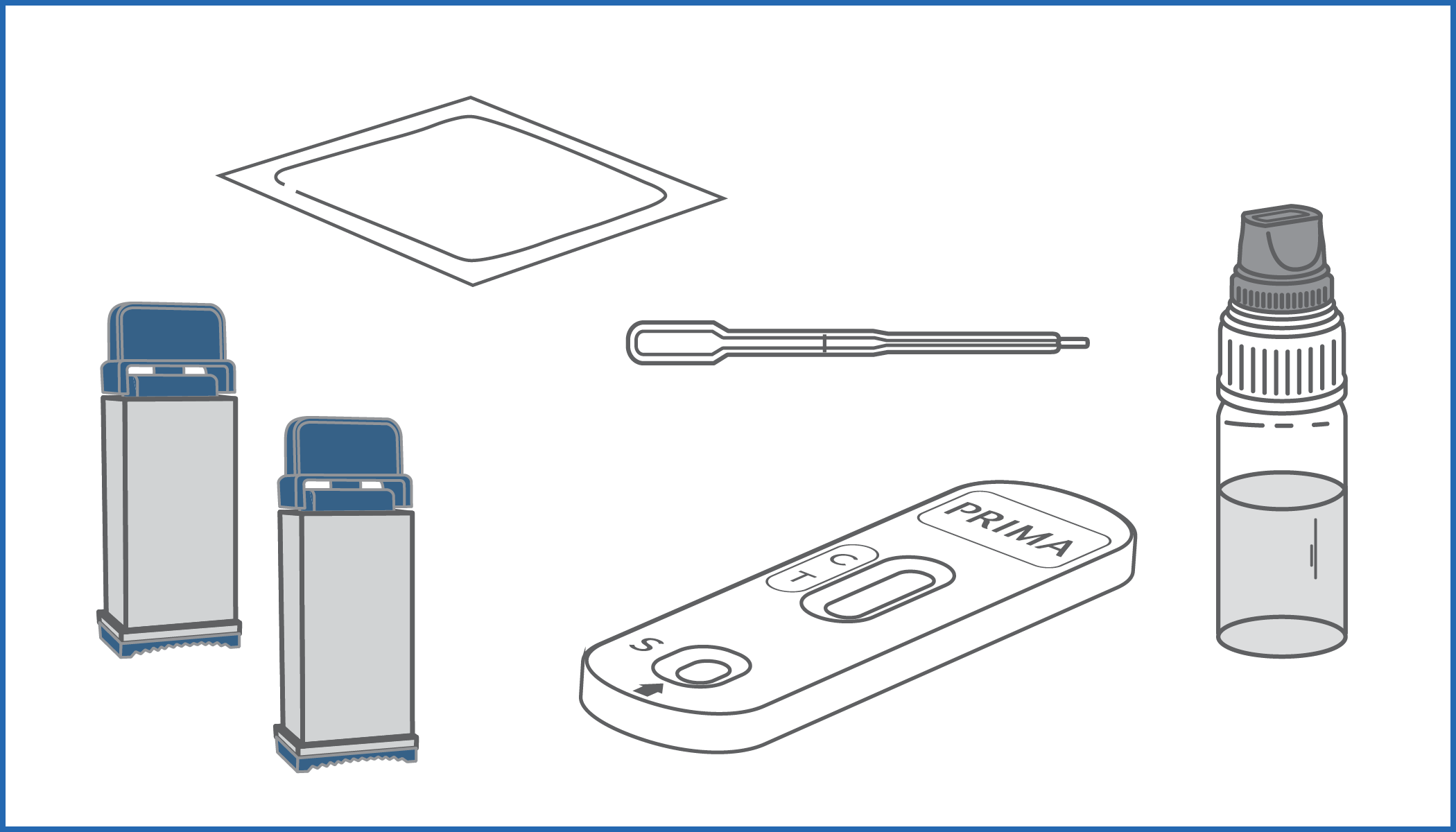
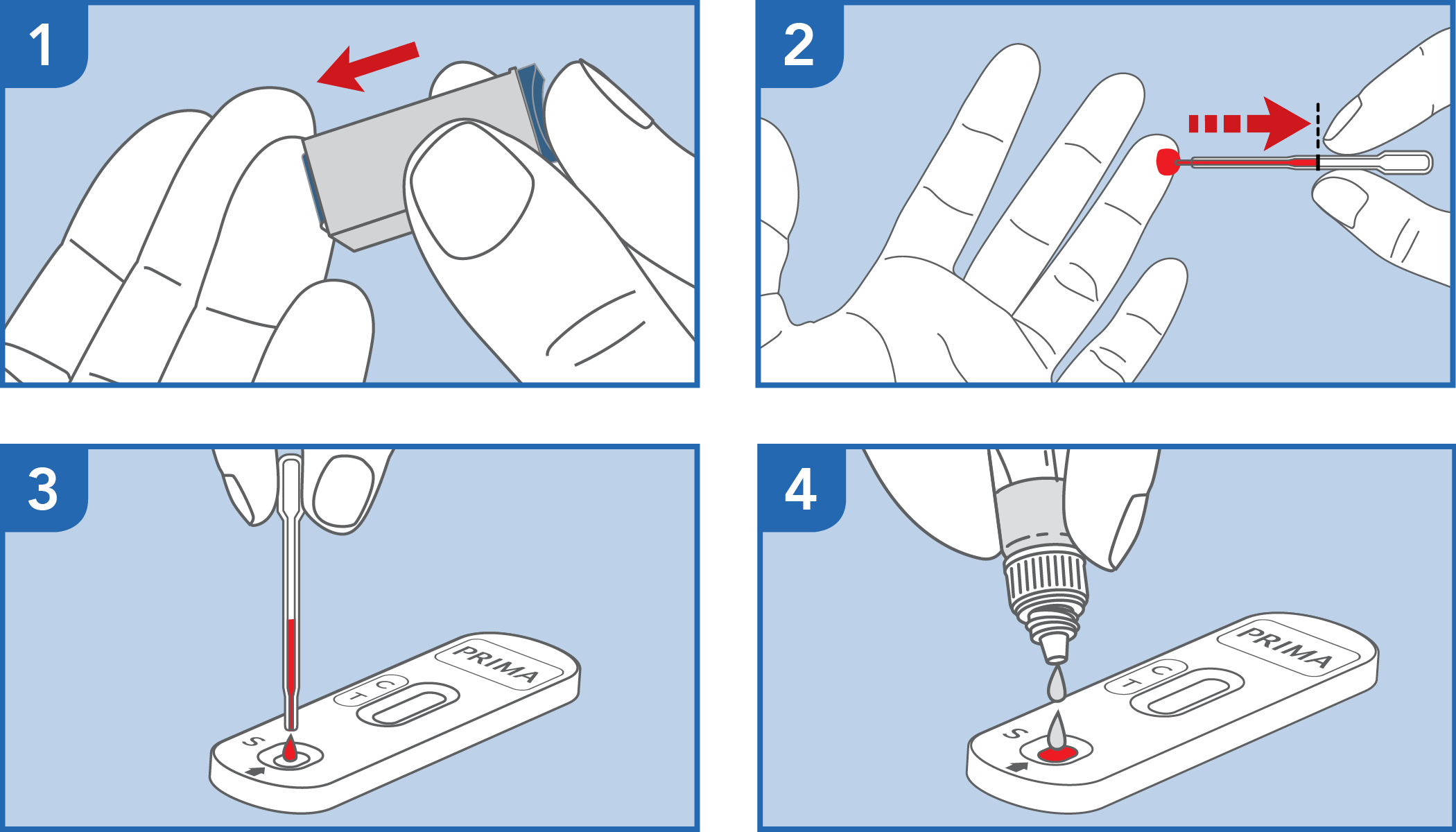
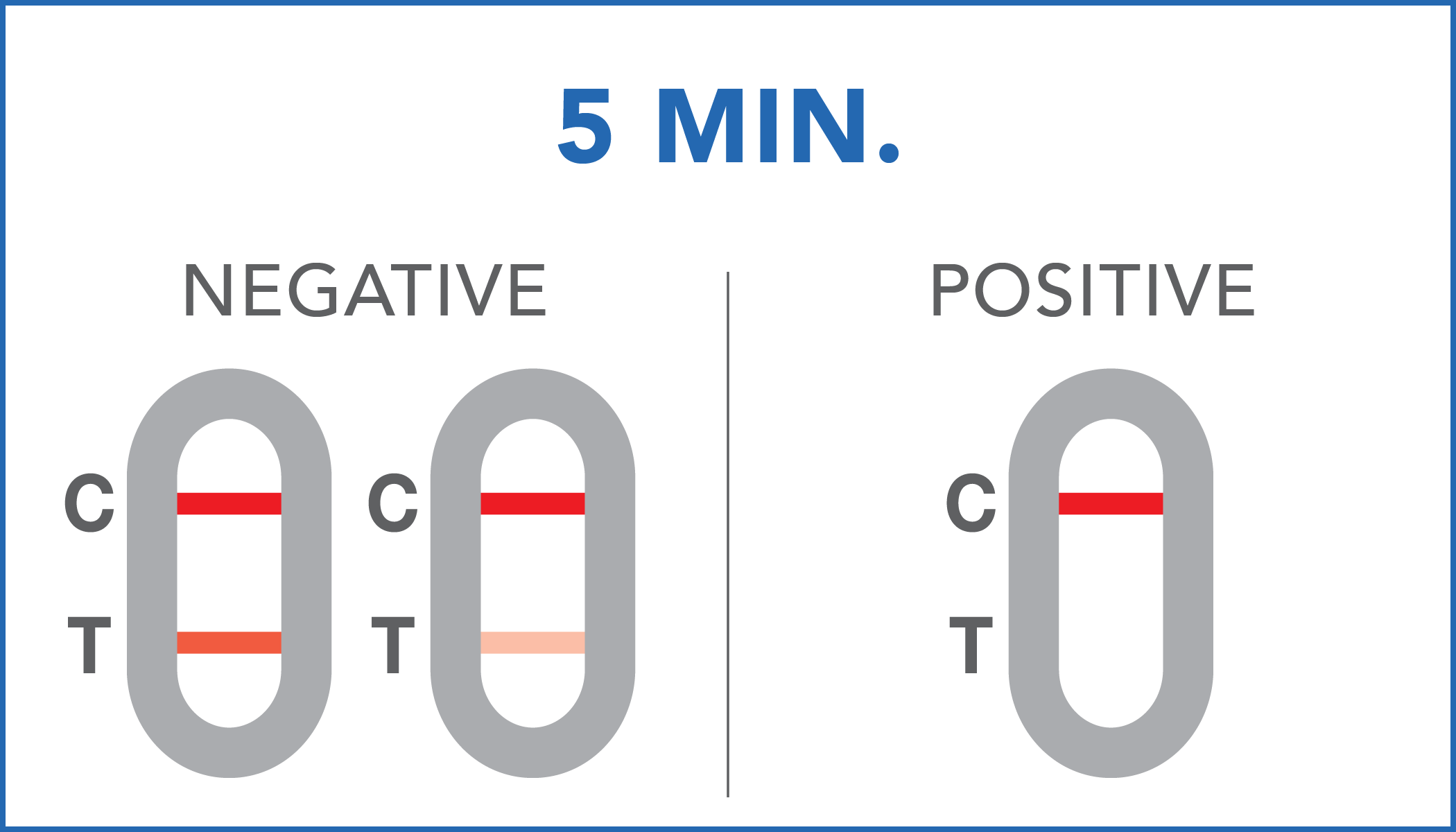
Self-test for the detection of ferritin levels in whole blood samples
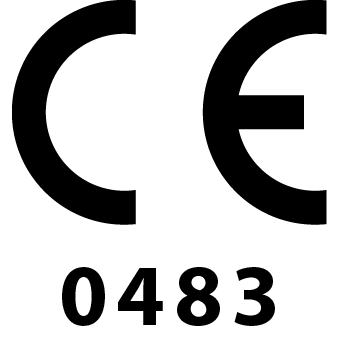
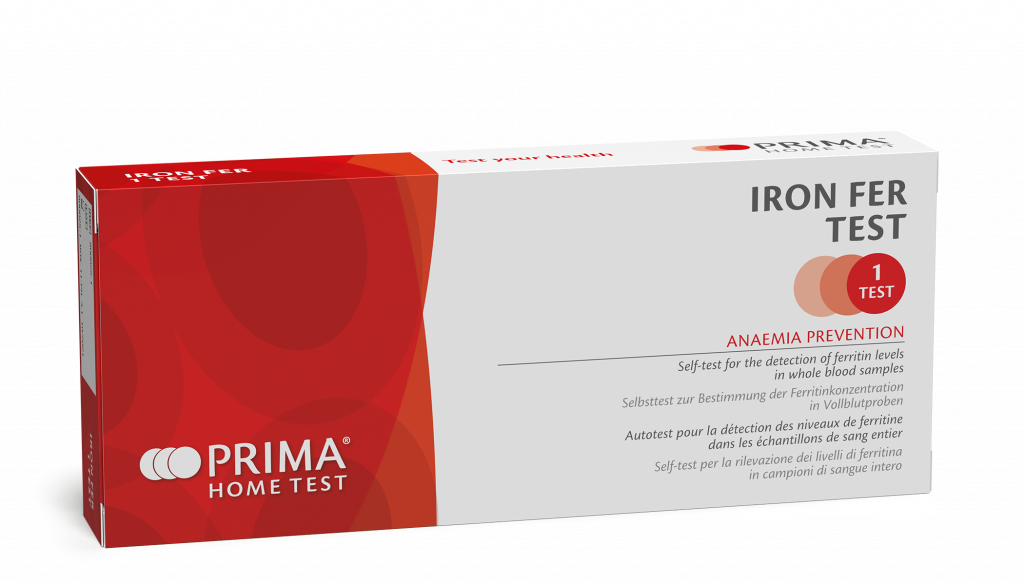
Ferritin is the protein used to store iron in the body: the dosage of this protein is an excellent indicator of the amount of iron available.
read moreIron is an essential metal for our body and it is essential for the transport of oxygen in the blood, for the multiplication of cells and for building the structure of tissues and organs. However, if in excess, it turns out to be toxic: this is why our body has a system to introduce iron from the outside and keep it stored inside the cells in a non-excessive form – and therefore non-toxic. Low levels of ferritin in the blood indicate the absence of iron in the deposits, a condition that precedes the development of anemia.
IRON FER TEST is useful for checking the body’s iron reserves.
read moreA decrease in blood ferritin levels can be caused by conditions and diseases such as anemia, pregnancy, bleeding, impaired iron absorption and tuberculosis.
IRON FER TEST is an immunochromatographic device that detects ferritin values in blood below the cut-off of 30 ng/mL.
| Specificity | 100% |
| Sensitivity | 85.2% |
| Accuracy | 96.6% |



| Negative | ferritin levels in the blood are above 30 ng/mL. Cases where the ferritin concentration is just below this value (27 ng/mL-29 ng/mL) can give a similar result. |
| Positive | ferritin value in blood is lower than the cut-off, it is necessary to consult your doctor. |
1. Wick M, Pingerra W, Lehmann P, Iron metabolism: diagnosis and therapy of anemias, 5th ed, Vienna, New York: Springer Verlag, 2003; p. 151.
2. Worwood M. The laboratory assessment of iron status – an update. Clin Chim Acta 1997; 259: 3-23.
3. Kaltwasser JP, Werner E. Diagnosis and clinical evaluation of iron overload. Baillieres Clin Haematol 1989; 2; 363-89.
4. Baynes RD, Cook JD. Current issues in iron deficiency. Curr Opin Hematol 1996; 3:145-9.
5. Lee MH, Means RT Jr. Extremely elevated serum ferritin levels in a university hospital: associated diseases and clinical significance. Am J Med 1996; 98:566-71.
The test has been carried out correctly when the instructions for use are followed. It includes the reading time and the interpretation of the results shown at the "RESULTS INTERPRETATION" section of the instructions for use.
A colored line will appear at the control region (C) on the test device, showing that the test performed correctly. The absence of the colored line suggests to repeat the test with a new device and a new sample.
The color and intensity of the lines do not affect the interpretation of the result. The test has to be considered positive regardless of the color intensity of the test line (T).
Check product availability with the local representative in your country
